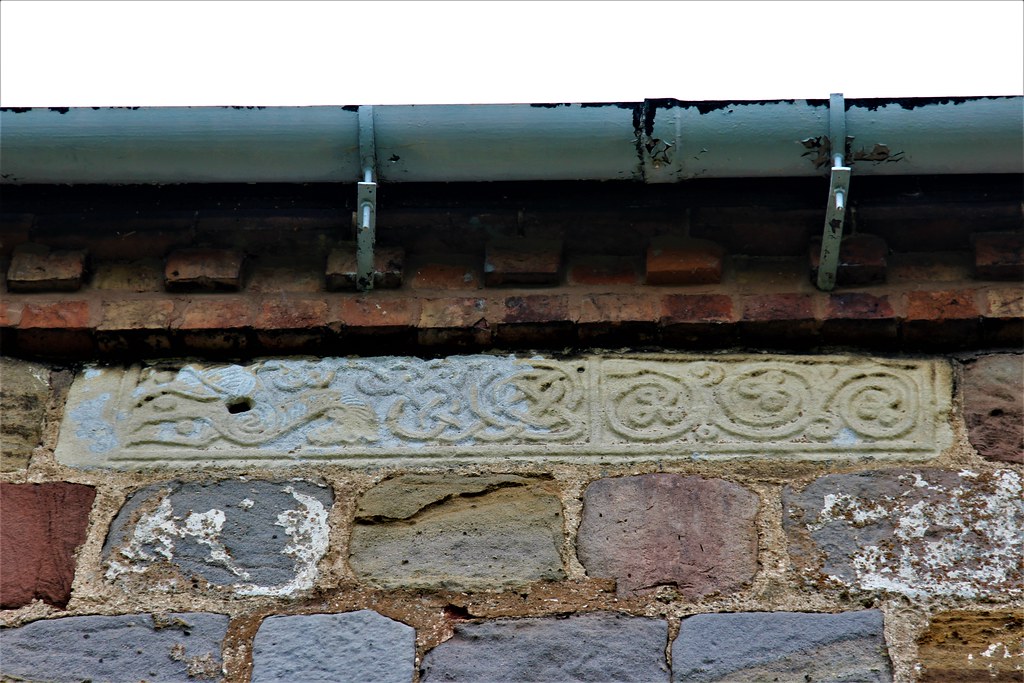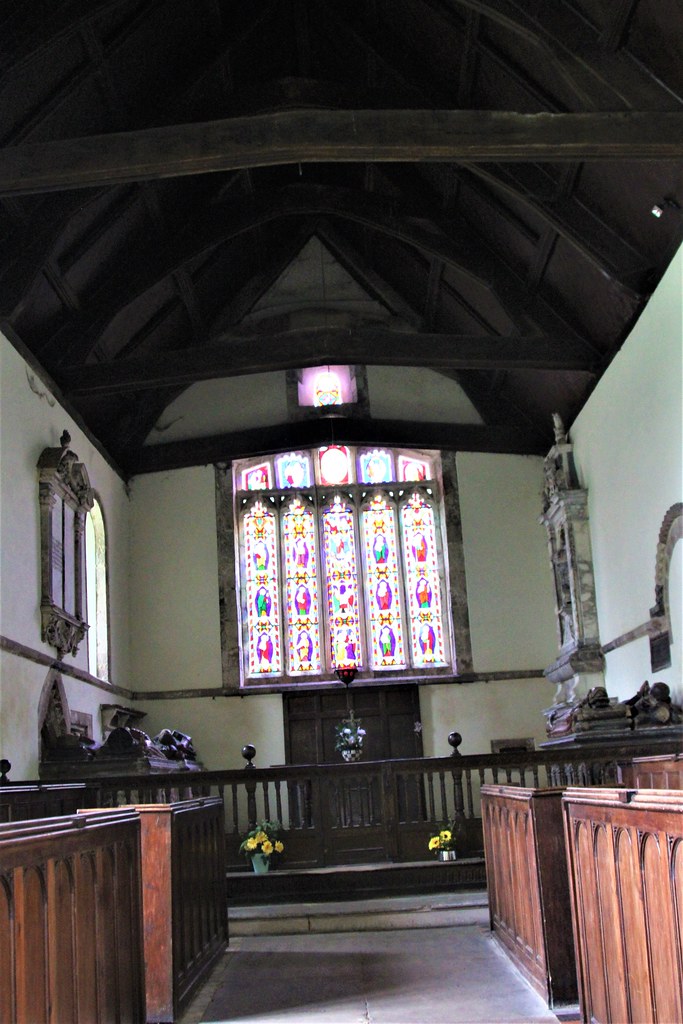St Andrew's Church, Wroxeter, England
INTRODUCTION
Earlier today my wife and I visited a very ancient and fascinating church at Wroxter, in NW England. This follows from yesterday's visit to Roman Wroxeter with which the church is physically connected.
KEY FACTS AND INFORMATION
The site has hosted a Christian place of worship dating back well into the first millennium. The form of worship may originally been that of the Celtic Church followed by Roman Catholic (until around 1540) then Anglican (Episcopalian). However, regular services finished in 1980. The church remains well cared for, in good condition and is open to the public seemingly 24/7.
Much of the building stone for the church was recycled from the ruins of Roman Wroxeter. In particular note the gate posts of the main entrance gate and also the font which are all of Roman origin.
Gateposts made from Roman columnsFont made from a Roman column
From the Anglo-Saxon period there are two carvings embedded in the exterior wall, viz:
- Fragments of a limestone cross-shaft which dates from the time of King Offa (reigned 757-96).
- Sculpture of a dog, also from the eighth century.
Sculpture of dog
The church grew in size and prospered from the Anglo-Saxon period through to the Norman but appears to have peaked in the 14th century and thereafter declined in tandem with the surrounding village.
IMAGES
Box pews.
View of interior from east to west.
View from west to east.
Alabaster effigies from the late Elizabethan period (late 16th century).
Overall, this church is a treasure trove of English history and well worth a visit.Unfortunately, parking in the immediate vicinity is very challenging.










Comments
Post a Comment